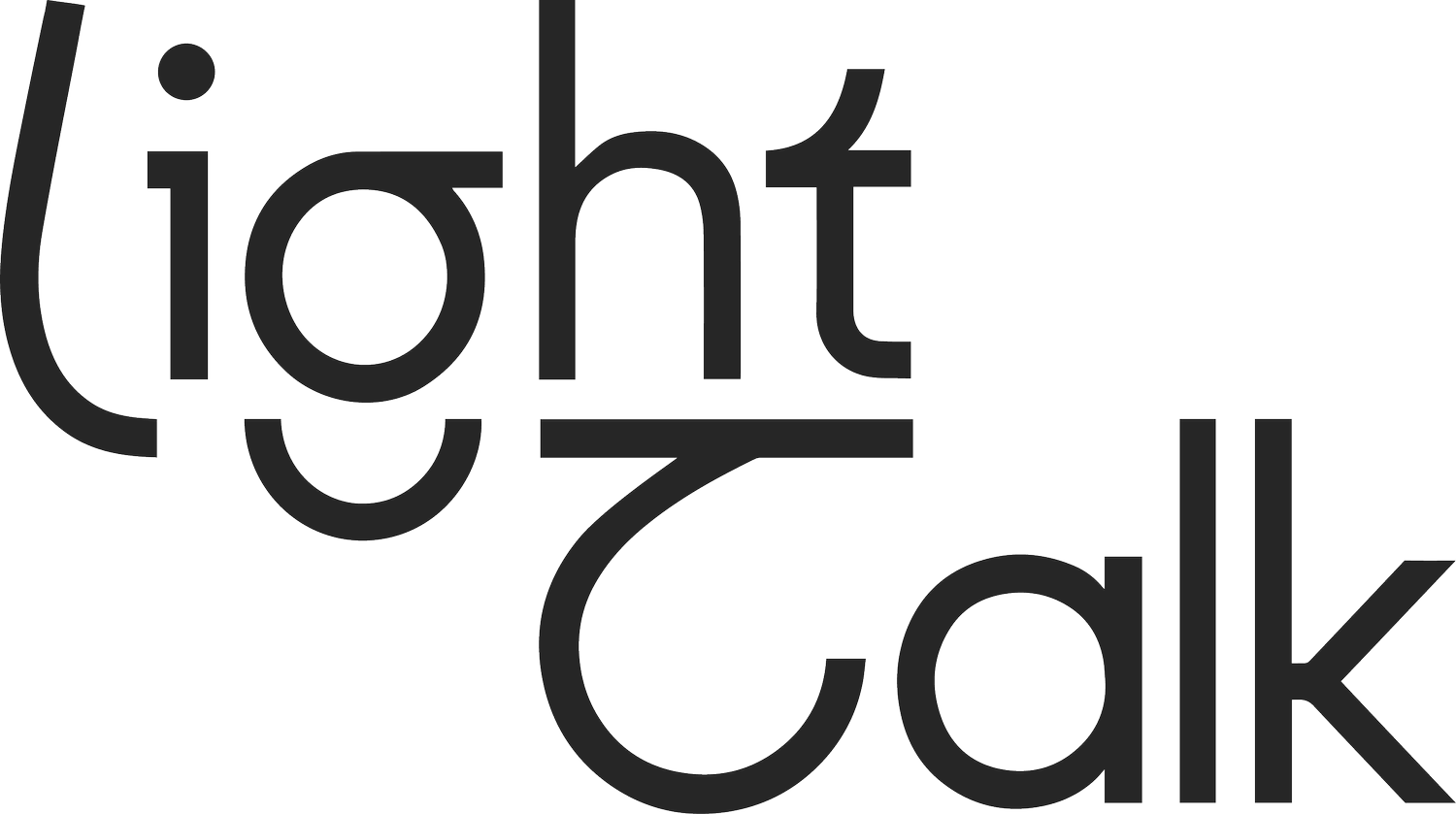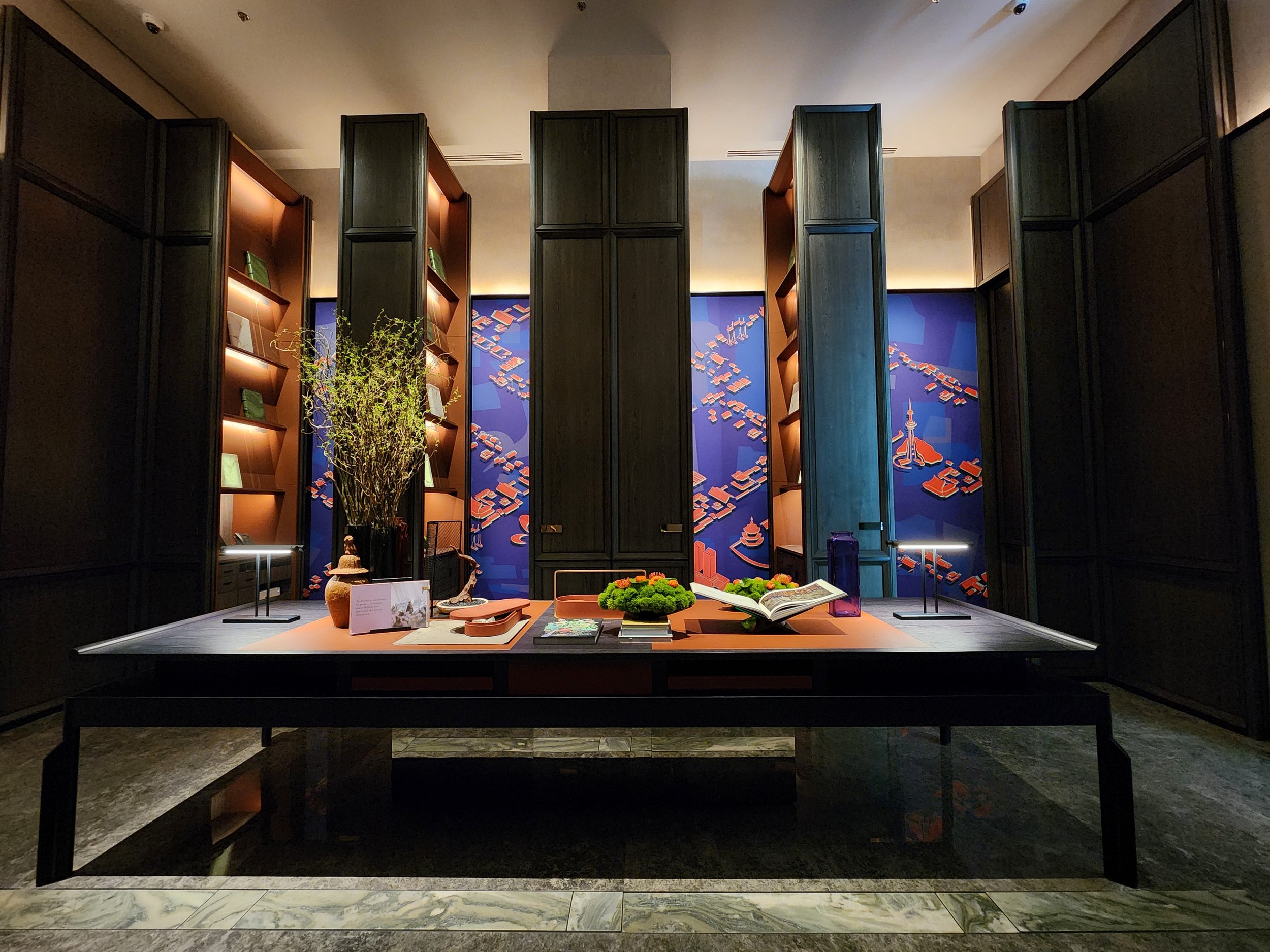The Changing Media Landscape
Andaz Hotel, Nanjing – Multiple Lighting Design Award Winner 2024
The subject for this blog was triggered by an email congratulating our company with winning another award and offering us space in their magazine to share the success with the lighting industry. The problem here however was that it was not really an offer to feature our project, but an invitation to pay to have an article featured in their magazine.
This reflects a general trend in the industry where you can basically pay your way to have a feature article about your company or project in a magazine or even get an “award” for your project. I can’t tell you how often I get emails that I have “won” an award being for projects or have been selected as business of the year. The only thing I have to do is respond and of course pay to get the “reward” in the form of an actual trophy or a dedicated article feature in some magazine.
My bone with all these paying articles or awards is that it is not always about real quality or excellence because as long as you pay you can write your article anyway you want regardless of merit or truthfulness, so there are no real checks and balances…Truth be told, this email that we received was referencing us winning an award in one of the big international lighting competitions, so there was definitely merit and excellence in the project and thus educational value for the magazine. However, should we, the “small time” lighting designers, be paying for such an article, isn’t it to the benefit of the magazine to have these articles that create the content that readers are interested in?
This brings me to the changing landscape of our media industry. There is a definite move from printed media to digital media, In fact many magazines that we used to know in printed format have either folded or made the switch to the digital world. Everything needs to be suitable for our mobile phone today!
This has also created the so called “paywall”, in other words to access content you need to pay a subscription, assumingly for the perceived value of the created content and to cover for the cost of creating. So, the question is, where do we draw the line between free and payable content. A lot might depend on the amount of content created (Netflix for instance), but in many cases (perhaps most?) the content on line is generally free. Content creators turn to advertisers to cover costs and/or earn money. But in the background we have the big data conglomerates (Google) willing to pay you depending on the number of “followers” in exchange for all the data they collect when you subscribe or follow.
Finding your way and taking a stand within this new landscape can be daunting…

